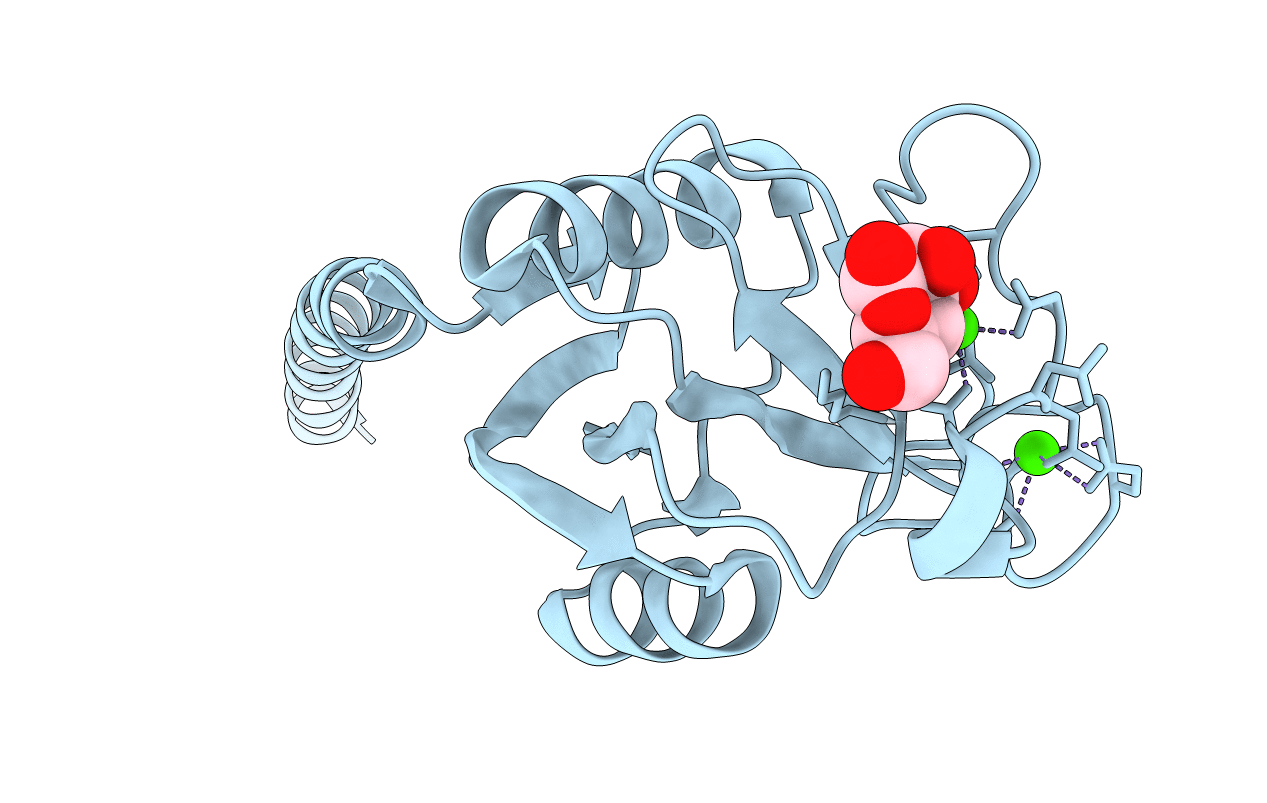
Deposition Date
2012-02-08
Release Date
2012-06-20
Last Version Date
2024-11-20
Entry Detail
PDB ID:
4DN8
Keywords:
Title:
Structure of porcine surfactant protein D neck and carbohydrate recognition domain complexed with mannose
Biological Source:
Source Organism:
Sus scrofa (Taxon ID: 9823)
Host Organism:
Method Details:
Experimental Method:
Resolution:
2.20 Å
R-Value Free:
0.23
R-Value Work:
0.19
R-Value Observed:
0.20
Space Group:
P 63


